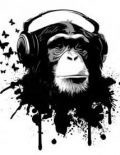2025 is all about brand building. At Ahrefs, we’ve already been doing that for over a decade, but there’s never been a better time for us to ramp things up.
After writing an article on 11 ways to measure brand awareness, I figured now’s also the perfect time for us to get a clearer picture of where we stand today, so we have something solid to measure against when those brand wins come rolling in 😉
I needed a reliable way to track Ahrefs’ brand performance—regularly and over time.
Luckily for me, we already have a Looker Studio Template hooked up to all our main tools via the API, which made it easy to create a live, auto-updating dashboard of the key organic brand metrics I cared about.
Below, I show you exactly how to replicate this for your own brand.
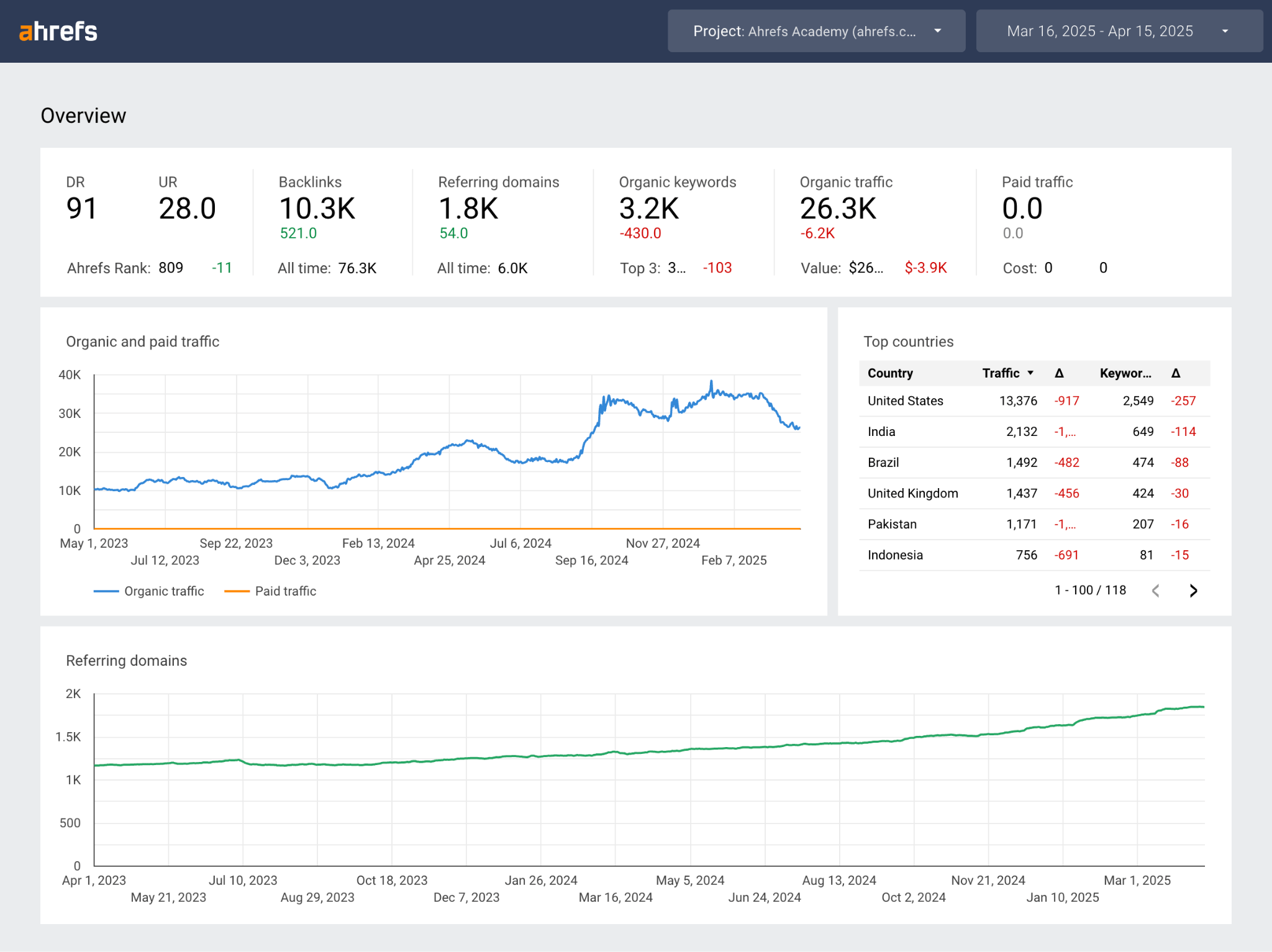
Rank Tracker is useful for overview stats and project-level analysis. It helps you track SoV against competitors, SERP Feature ownership, and positions across a specific set of keywords.
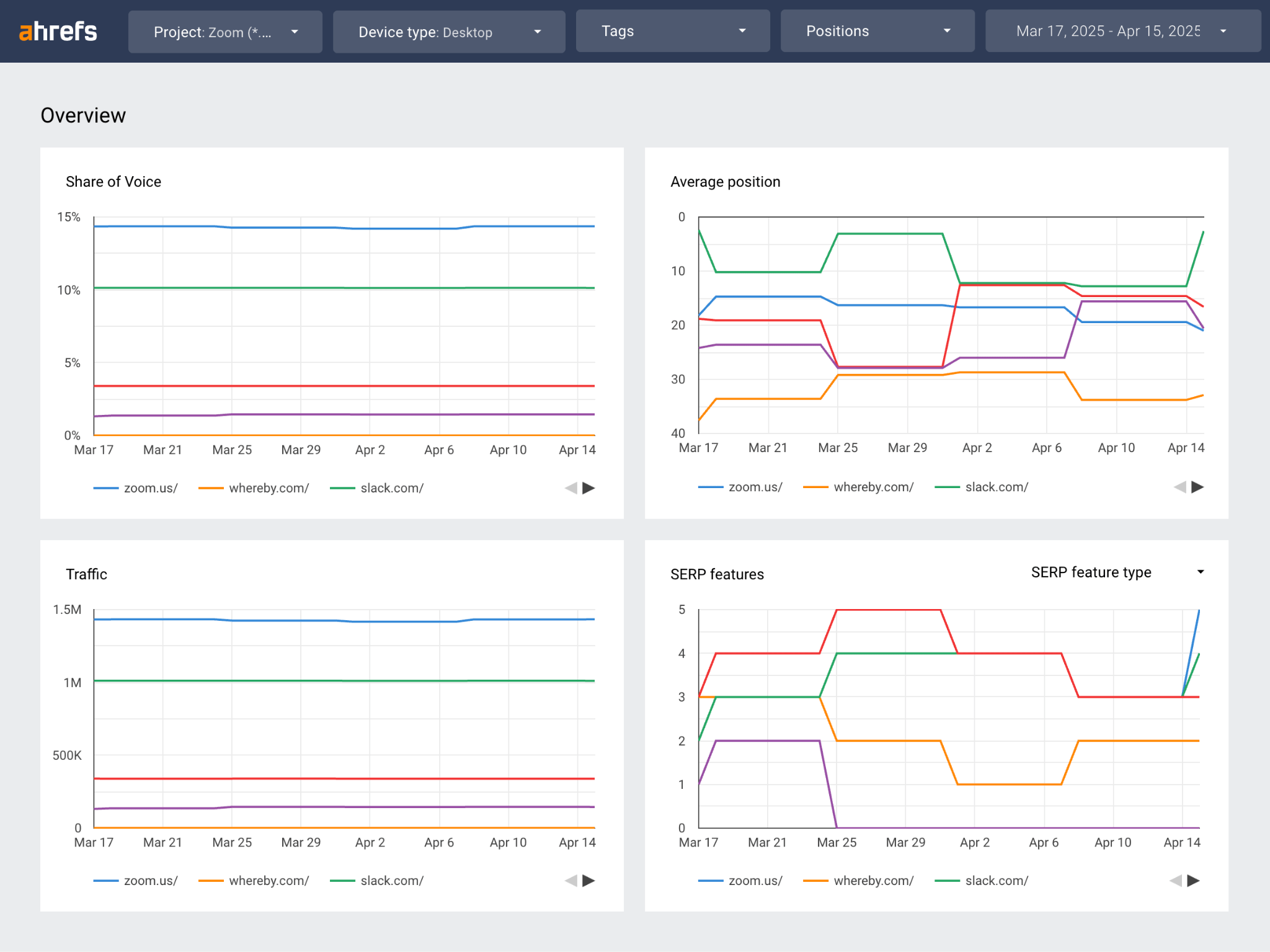
Site Audit is useful when you want to go deep into the technical SEO side of things. It gives you indexability insights, on-page content issues, and core web vitals status updates.
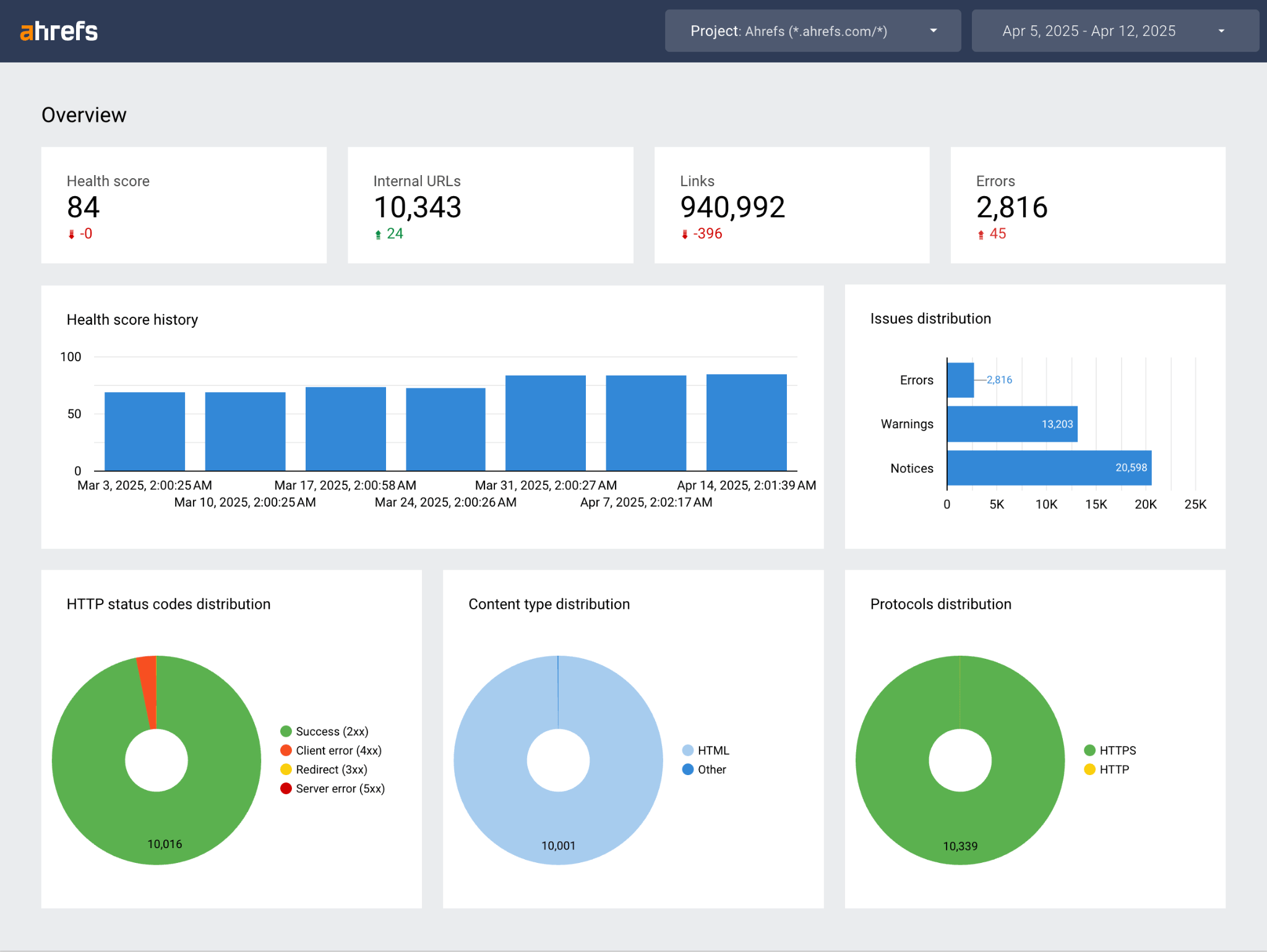
I mostly wanted to monitor broad brand metrics, so I started off with the Site Explorer template, and then fed in Rank Tracker data to home-in on some of our most important keywords.
To adapt a template, just click on the three dots on the right and click “Make a copy”.
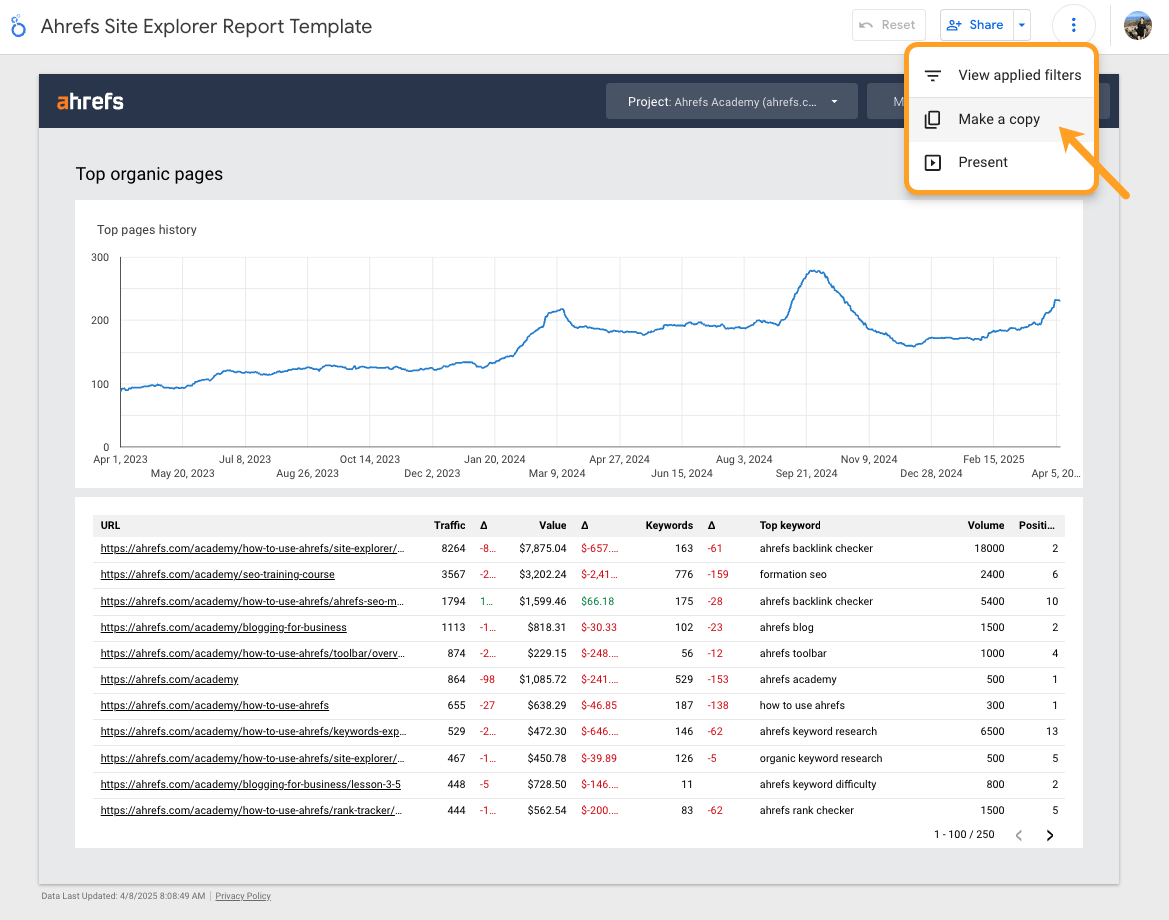
Then under “New data source” click “Create data source”…
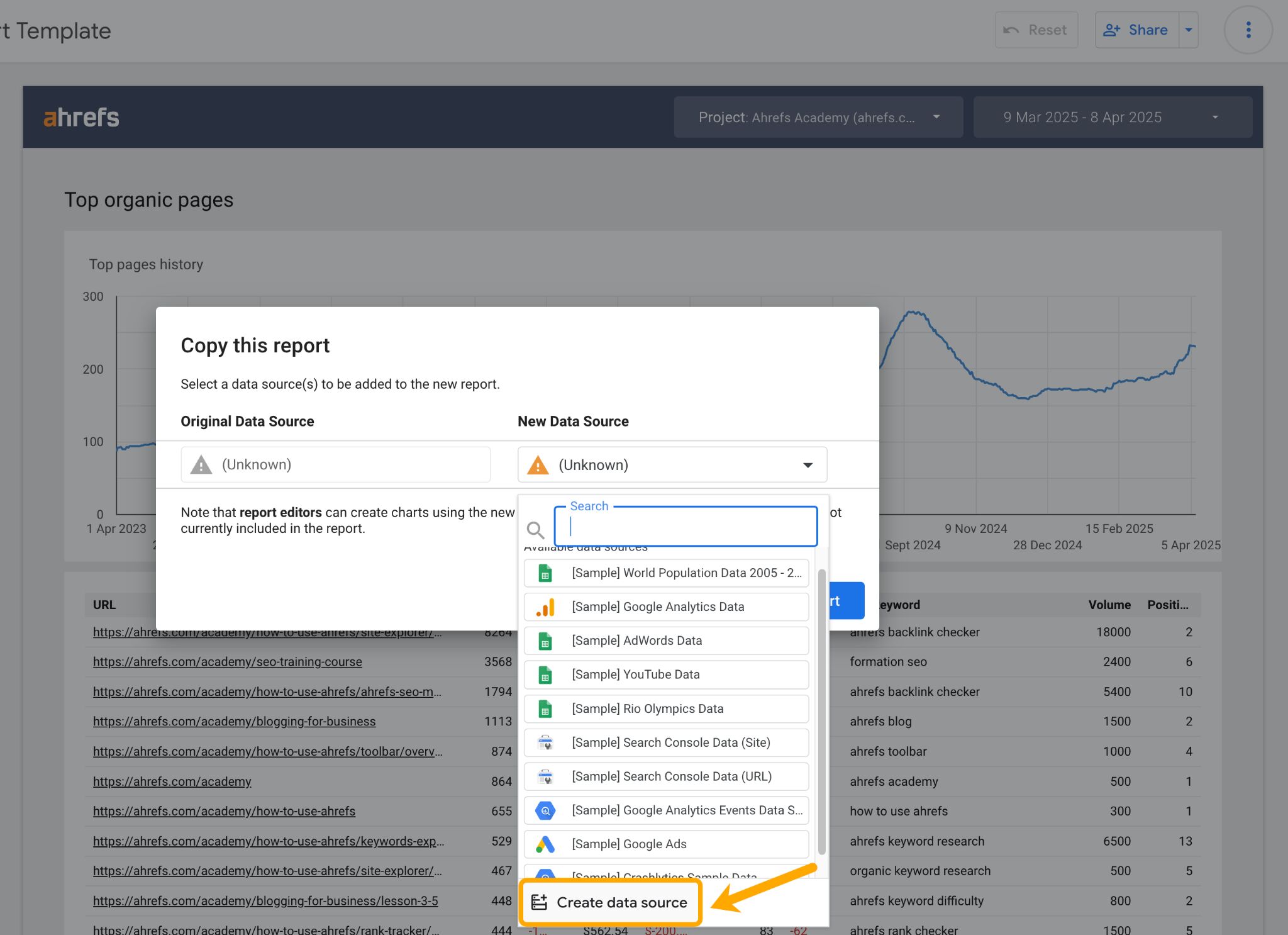
…and search for your chosen Ahrefs data connector.
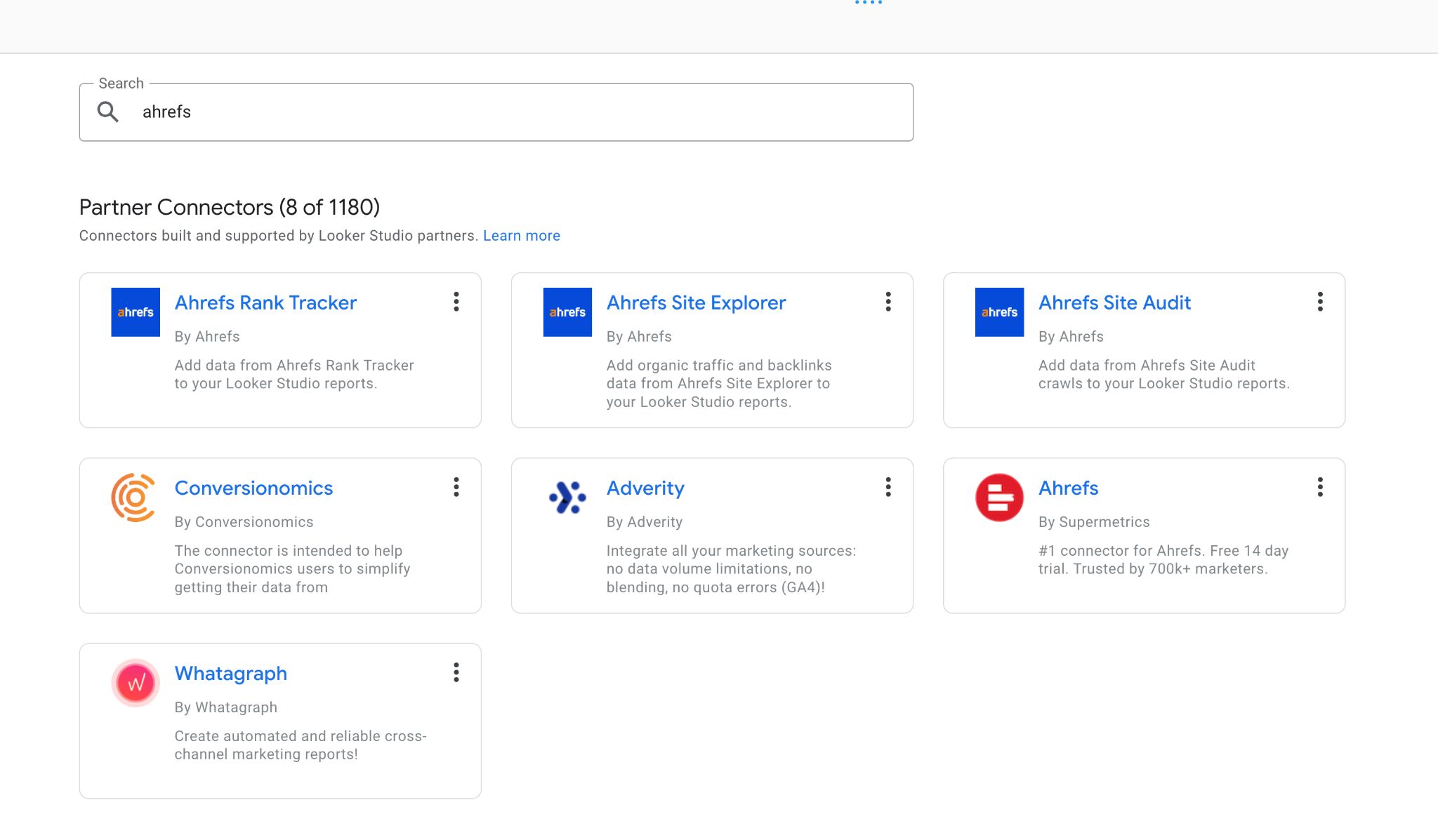
Choose your project, and leave all other fields blank—you can adjust them later on in the actual report. 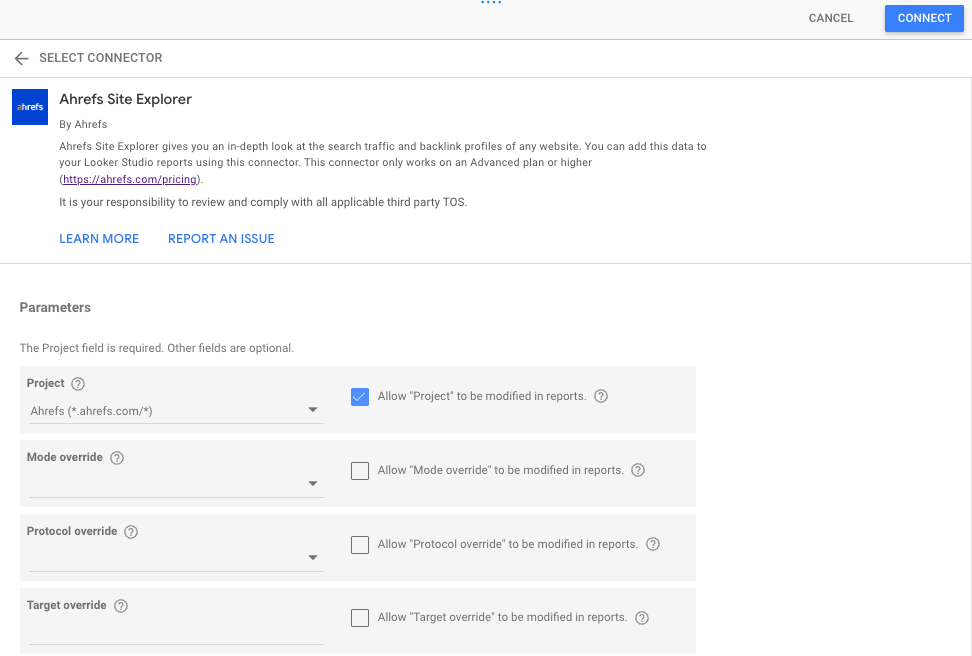
The exception to this rule is if you’re adding “Rank Tracker” as a data source. In this case, you’ll need to select a “Device type” before you can “Connect”.
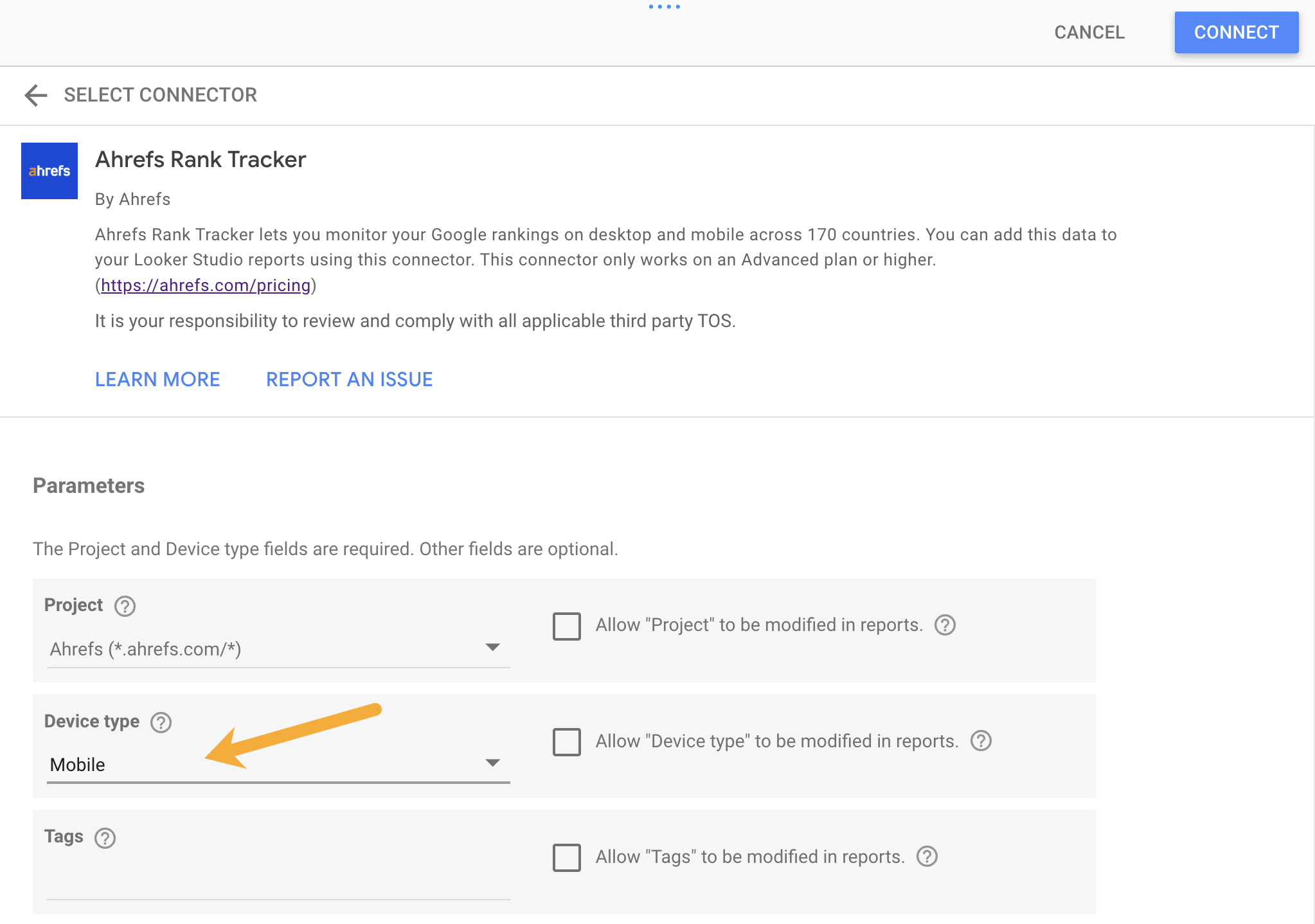
On the next screen, hit “Add to report”.
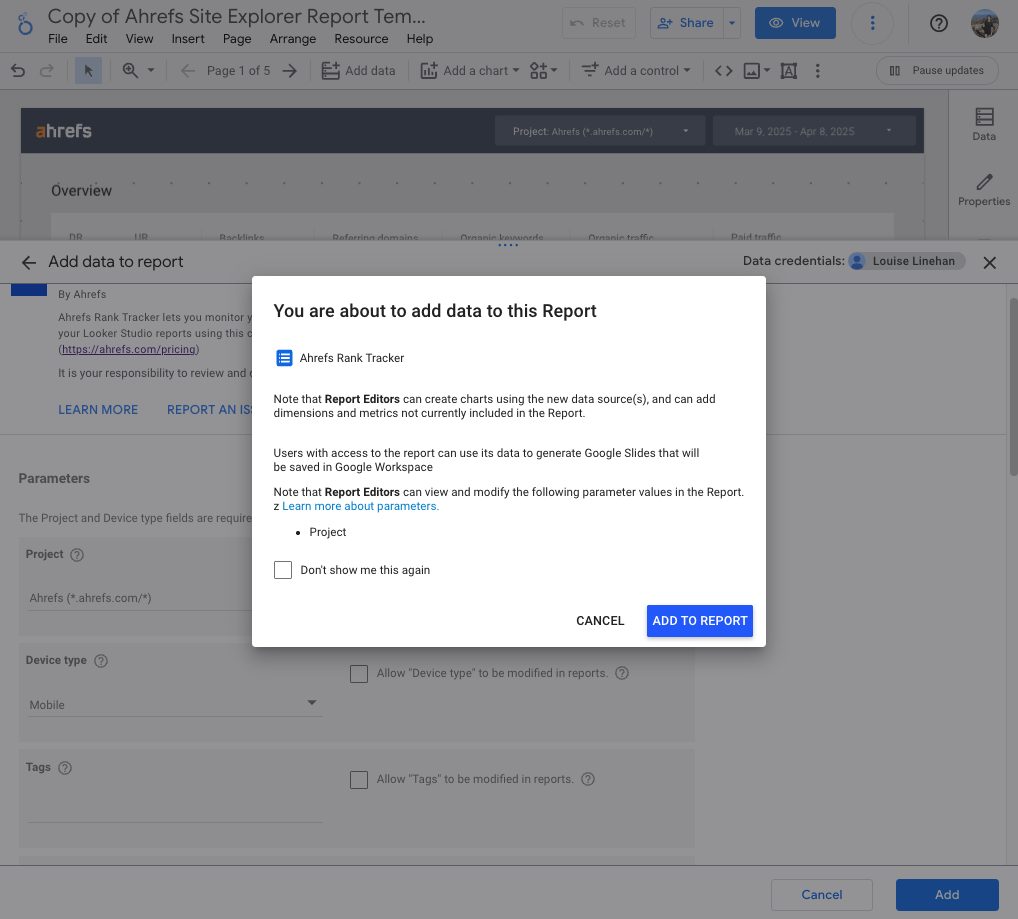
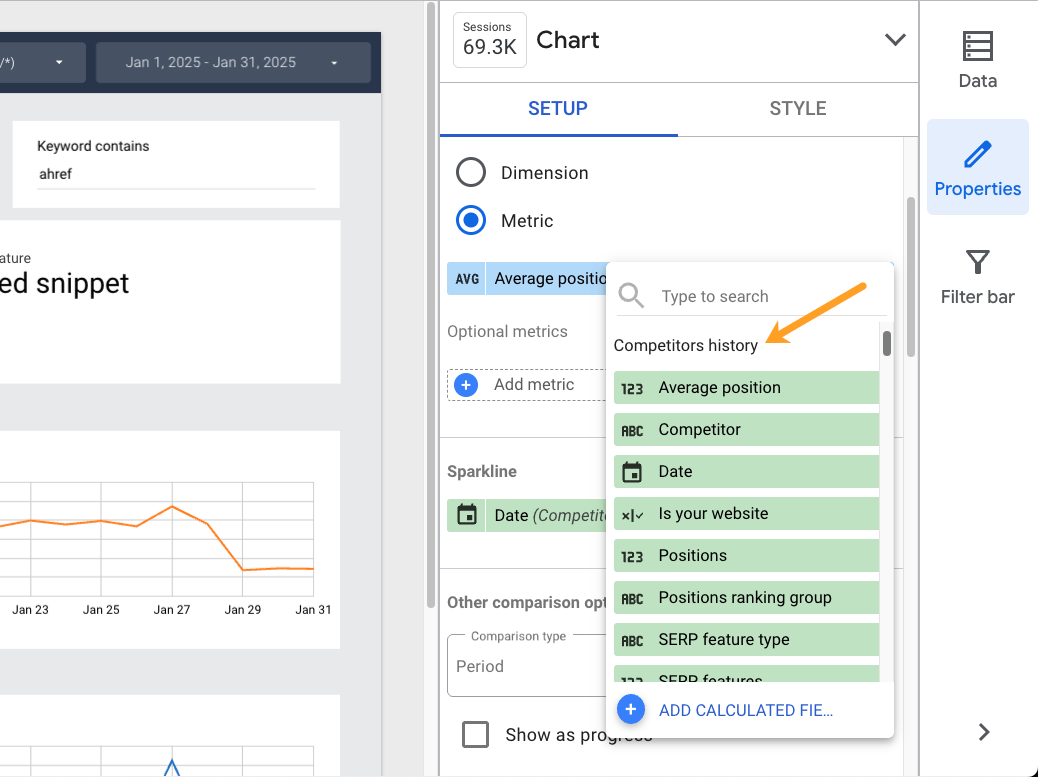
This way you can quickly spot-check your brand positions, SERP features, share of voice, and traffic, and monitor any growth or decline with “sparkline” visuals.

Finally, set up an “Is your website filter” to monitor only your site, and sift out any competitors you track in your project.
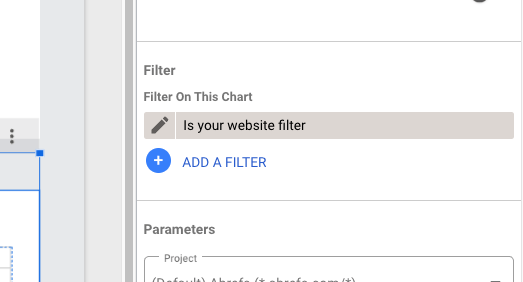
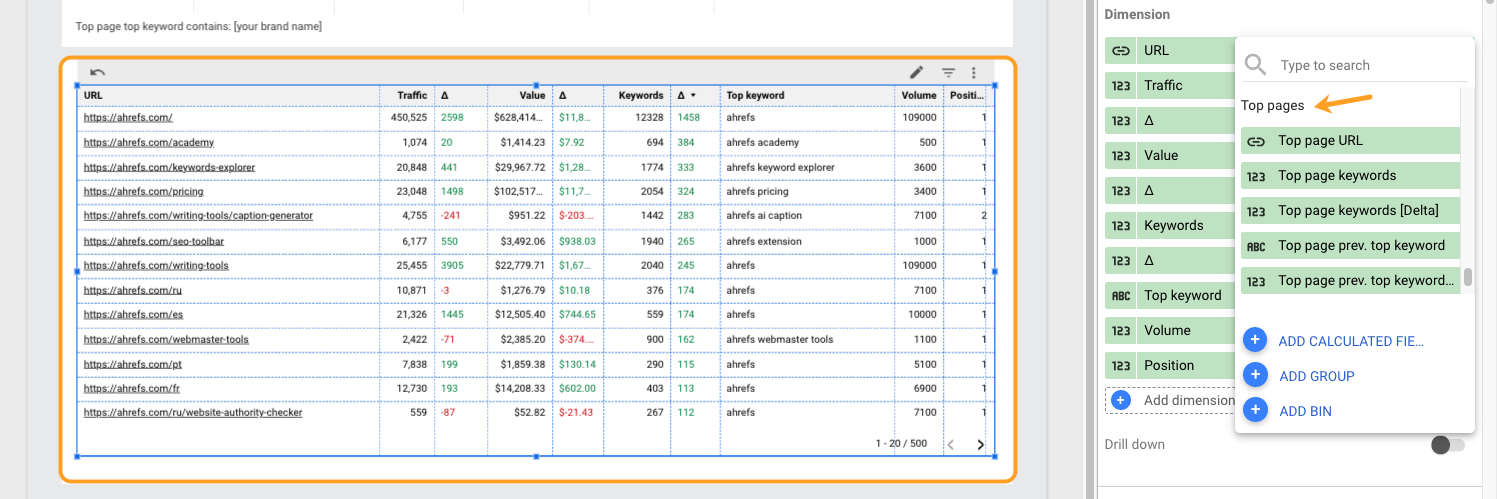
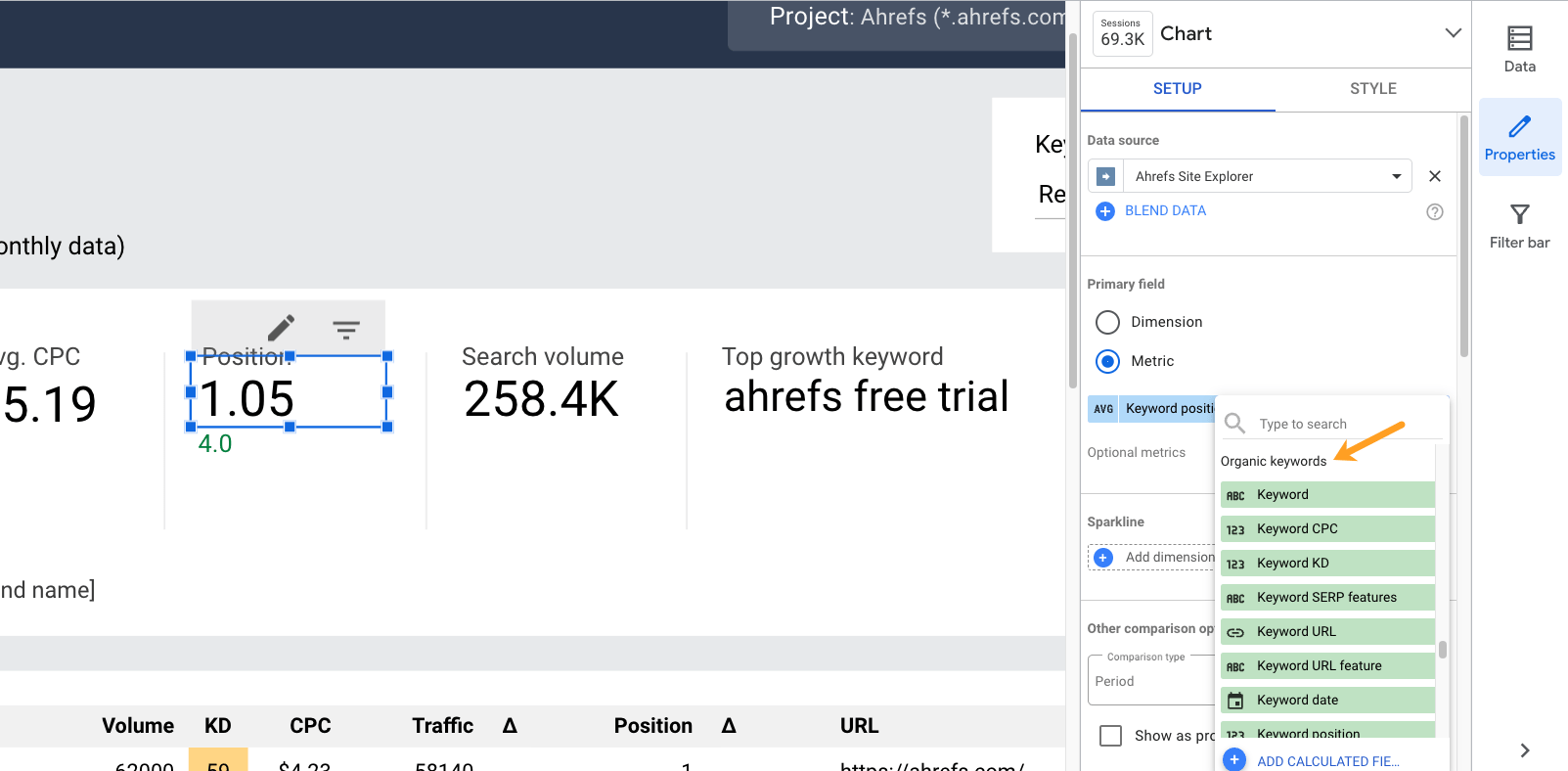
Then create a pie chart to visualize your SERP Feature ownership.
1. Add “Keyword URL feature” as the dimension
2. Add “Keyword” as the metric
3. Add “Keyword” as the sort feature (by descending)
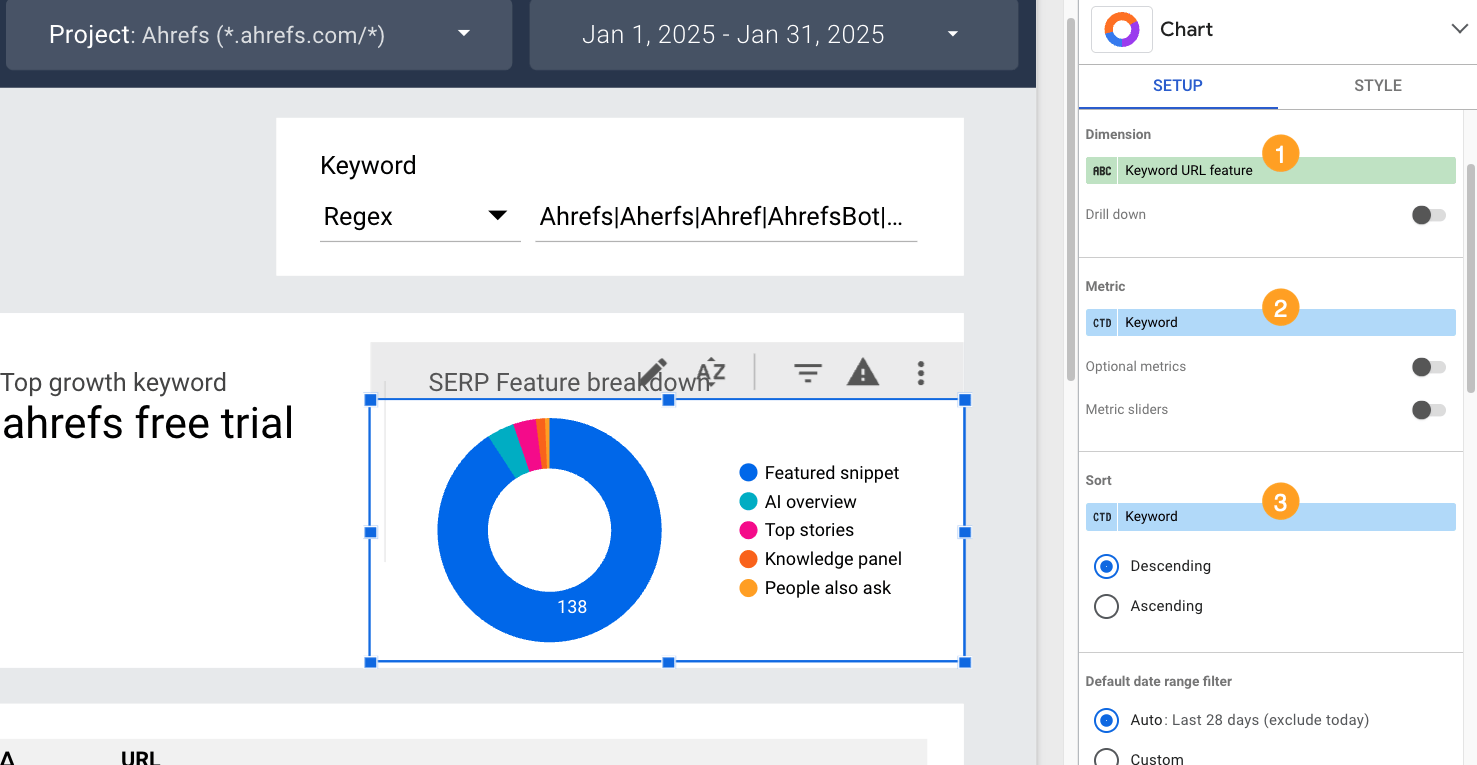
4. Add a filter “Keyword URL remove blanks” (Exclude → Keyword URL feature → Is Null)
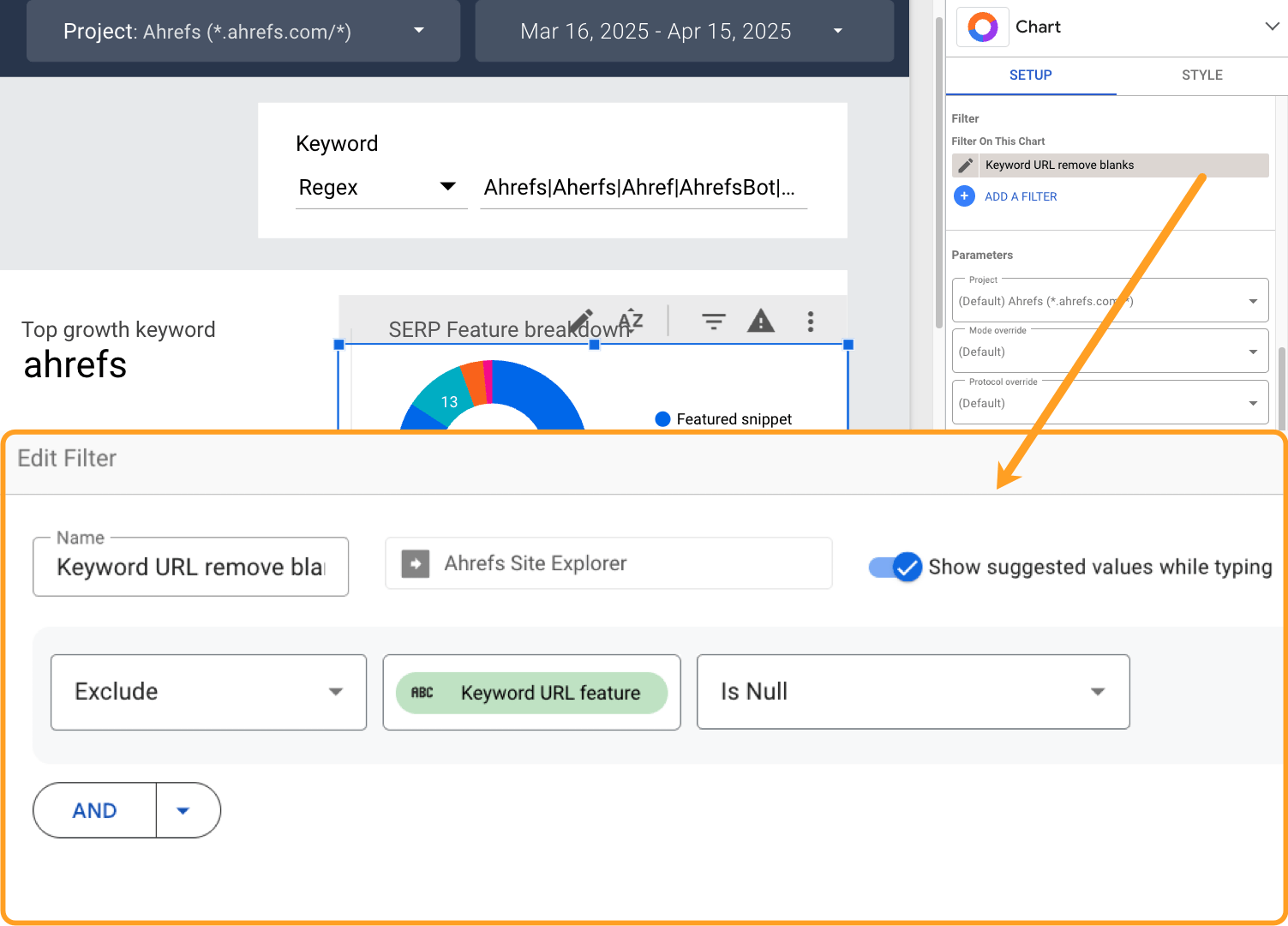
Then build a simple table of keyword performance data, including metrics like volume, keyword difficulty (KD), positions, traffic, and traffic growth, so you can see the data behind performance peaks and troughs.
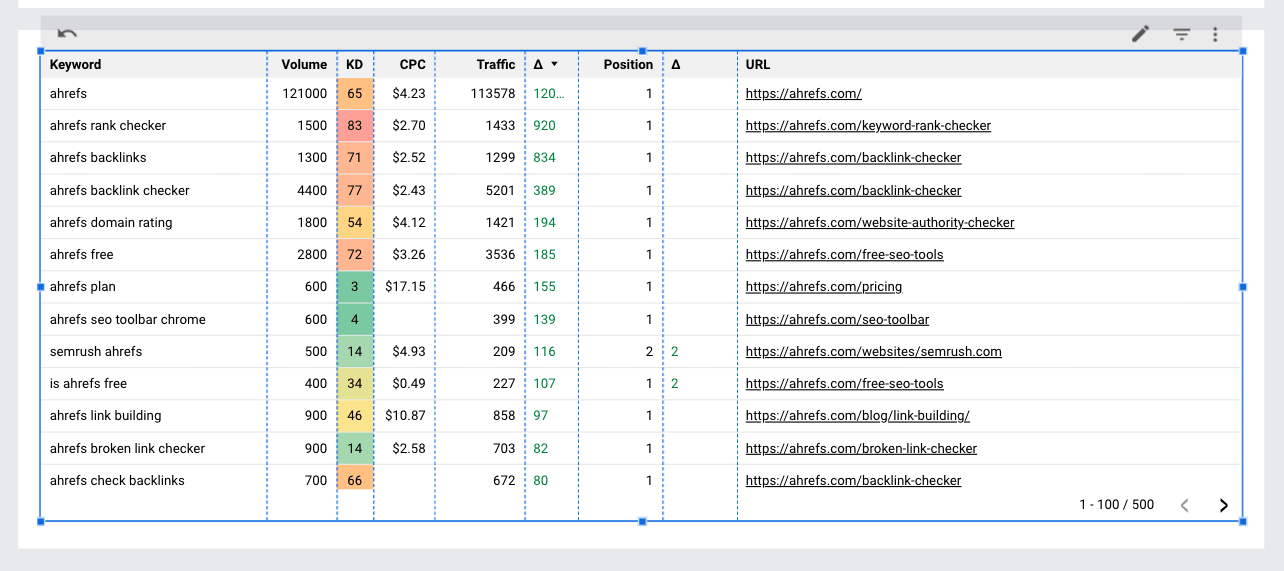
5. Test brand content optimizations
If you’re experimenting with including your brand name more frequently alongside relevant phrases, ideas, and features—like in titles, meta descriptions, or on-page copy—you can use the dashboard to see whether it’s improving your branded keyword performance.
Wrapping up
We’re living in a brand-first era. Brand is increasingly a top funnel and bottom funnel play—it drives both discovery and conversions.
Without brand awareness, you will be invisible in search, LLMs, and buyer discussions.
You can’t optimize what you don’t measure. With AI reshaping the landscape, it’s critical to monitor your brand presence now.
Have a go at creating your own brand awareness report with Ahrefs Looker Studio template, and let me know how you get on.
Similar Posts
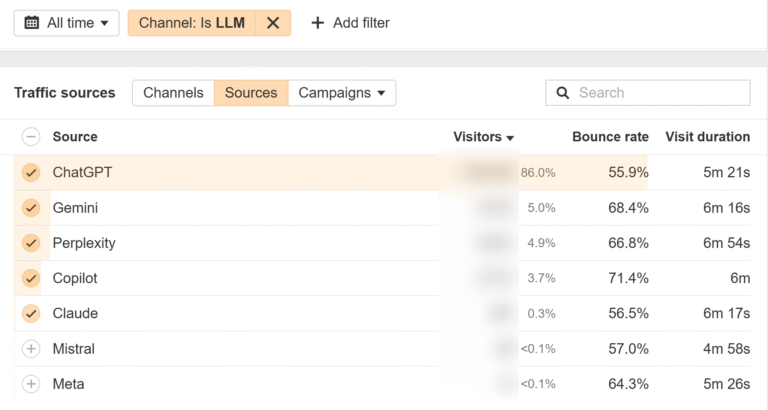
Generative Engines Are Breaking Web Analytics and Hurting Their Future
Search is moving from traditional search engines to generative engines, but traffic from many of these sites isn’t being tracked properly in analytics. It’s their fault, not yours. I was looking at our LLM filter in Ahrefs Web Analytics and noticed some common generative engines missing from the list. They’re in our filters, but we aren’t…
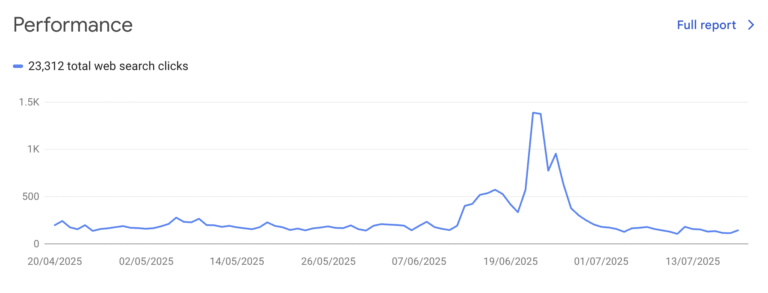
Google’s Free SEO Tools, Explained
Google provides a solid set of free SEO tools. From simple keyword research to performance tracking, you can stitch together a full workflow without spending a dime. Every SEO—whether beginner or expert—uses Google’s free tools in some capacity. They’re widely accessible, they offer a glimpse into how Google’s search and advertising systems work, and they’re often…

What Is Domain Flipping? 8 Steps to Getting Started, and Tips to Profit from Domains in 2025
Have you ever heard of domain flipping? It’s an unusual way to make some extra cash online. Basically, you buy a domain name for a low price and then sell it for a higher price to make a profit. Sound familiar? It’s kind of like buying and selling real estate (or Pokémon cards) but instead…
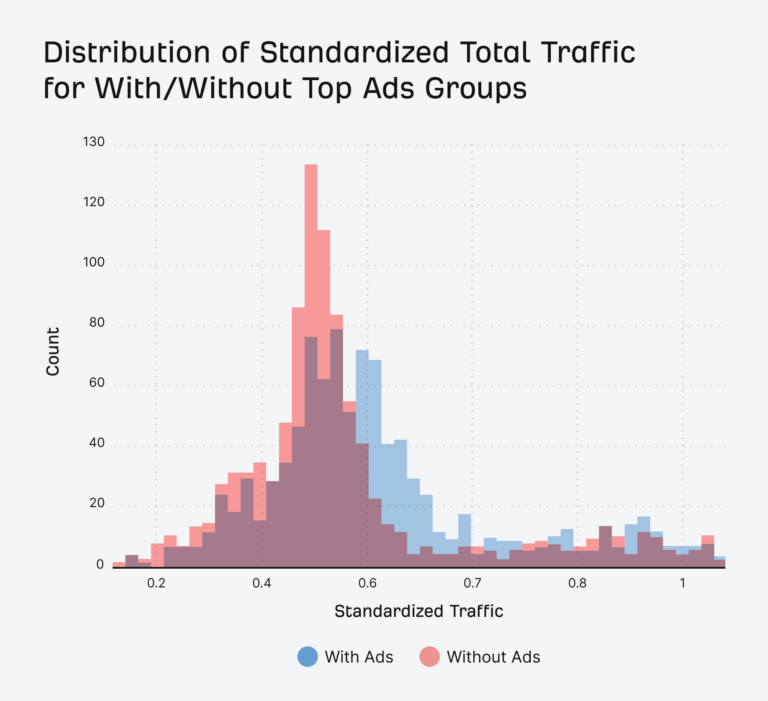
Bidding on Branded Terms Increases Clicks by 18.3%
Get the week’s best marketing content We ran this study to find out if running paid ads cannibalize organic traffic or not. Most SEOs are against bidding on branded terms because it is believed that buying paid ads cannibalizes organic traffic and it can also impact attribution for conversions and revenue. Paid advertisers believe there is…
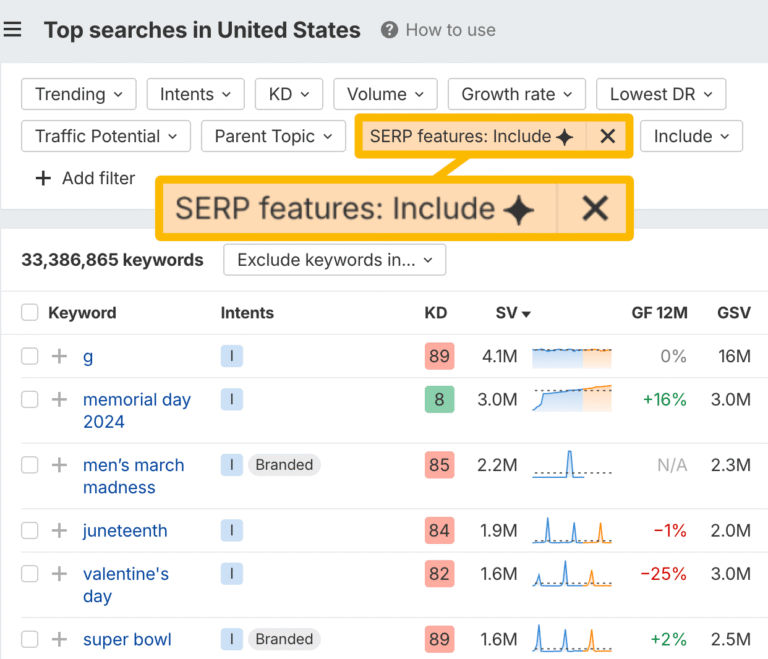
What Triggers AI Overviews? 86 Factors and 146 Million SERPs Analyzed
What triggers an AI Overview? What types of queries are most likely to generate an AIO, and which are relatively safe? Can we predict where AIOs will appear, and even target SERPs without them? To answer these questions, we analyzed our database of 146 million SERPs and explored how often AI Overviews appeared for 86…

Steal 21+ of Our Best SEO & Content Marketing Templates
It doesn’t matter whether you’re just starting out in SEO, or you’re decades-deep—these battle-tested content marketing templates will give you a headstart on your next project. I’ve been in marketing for coming up to ten years now (*internal scream at the passing of time*) and, while I like to think I have a bit of…
